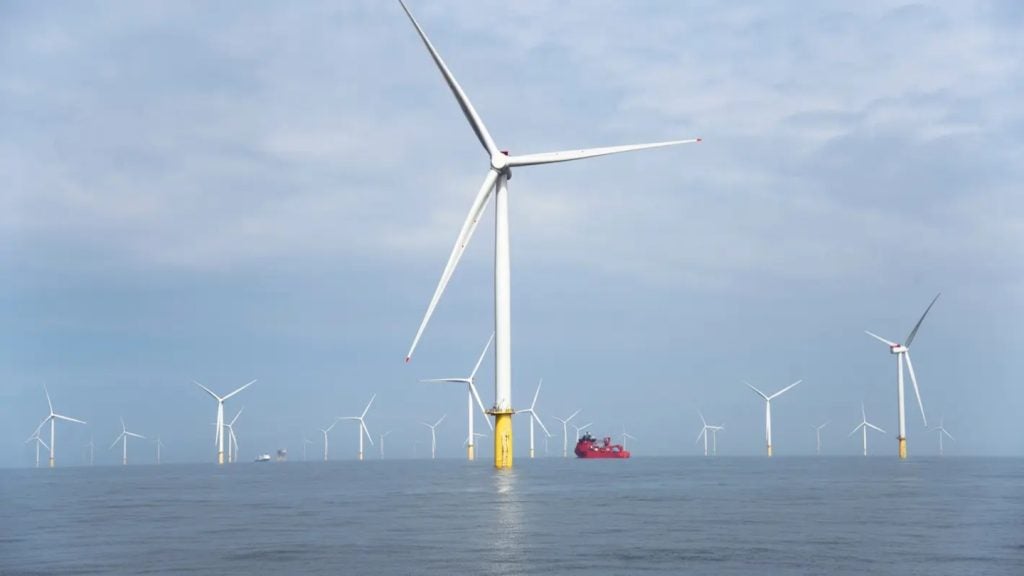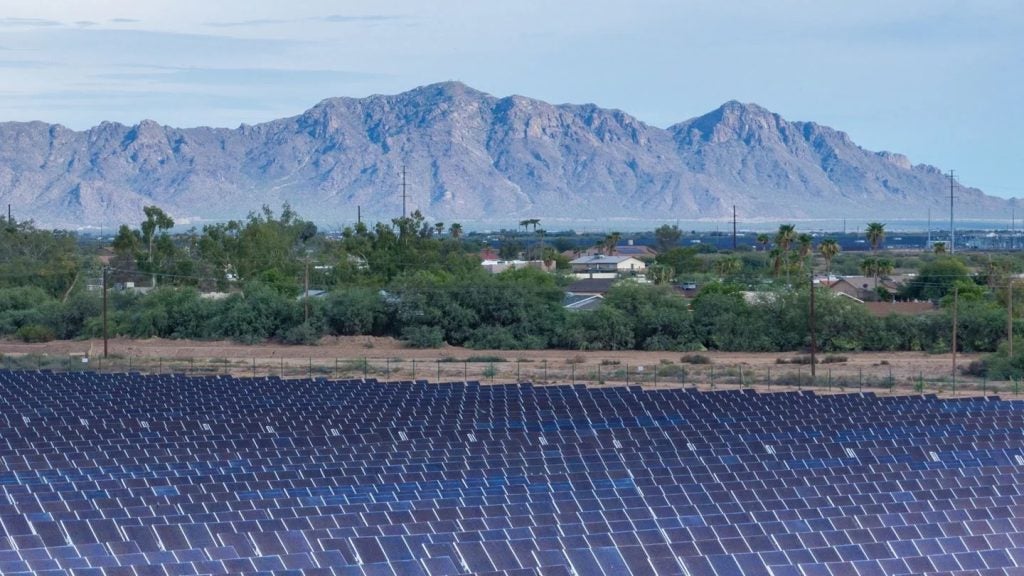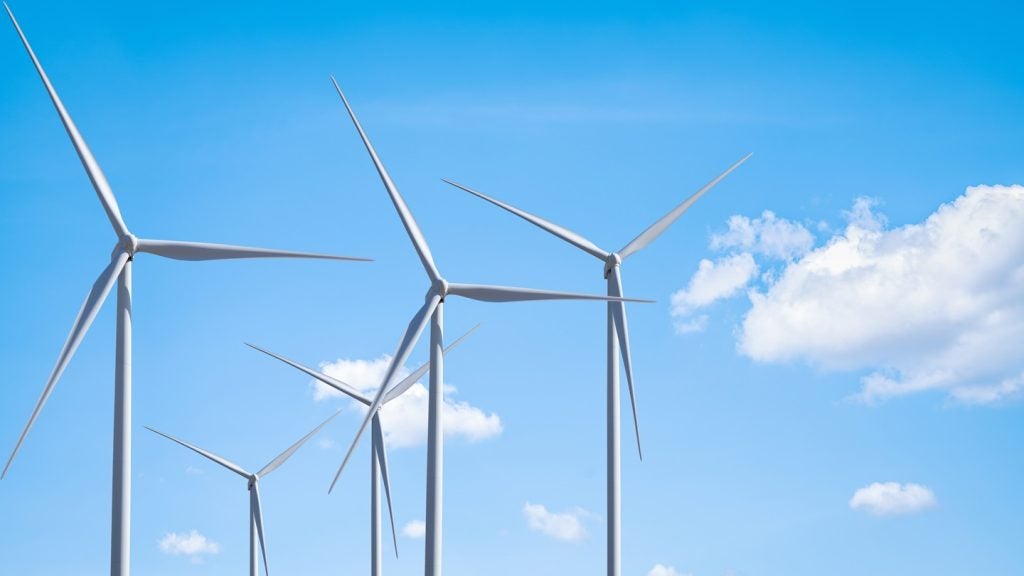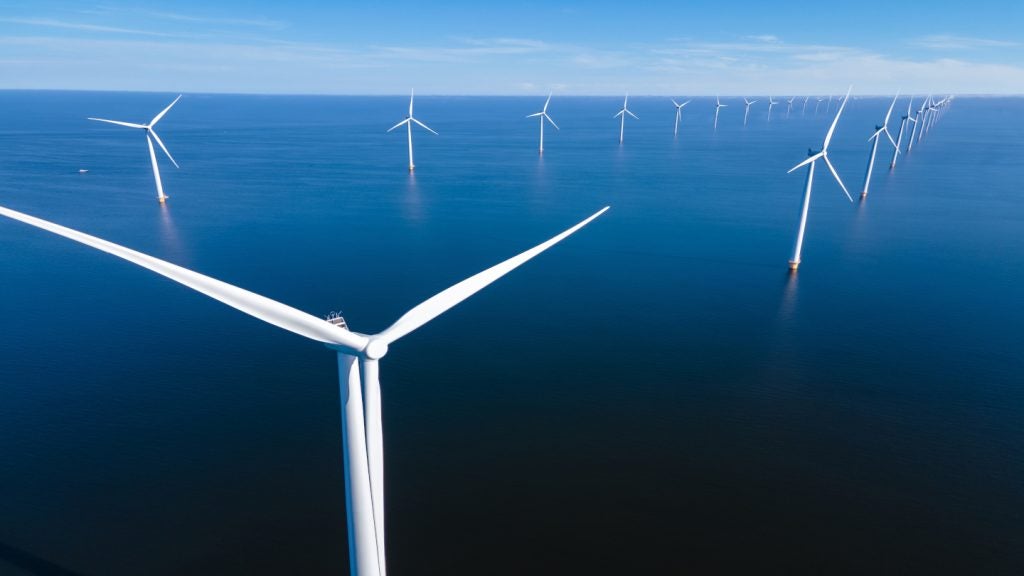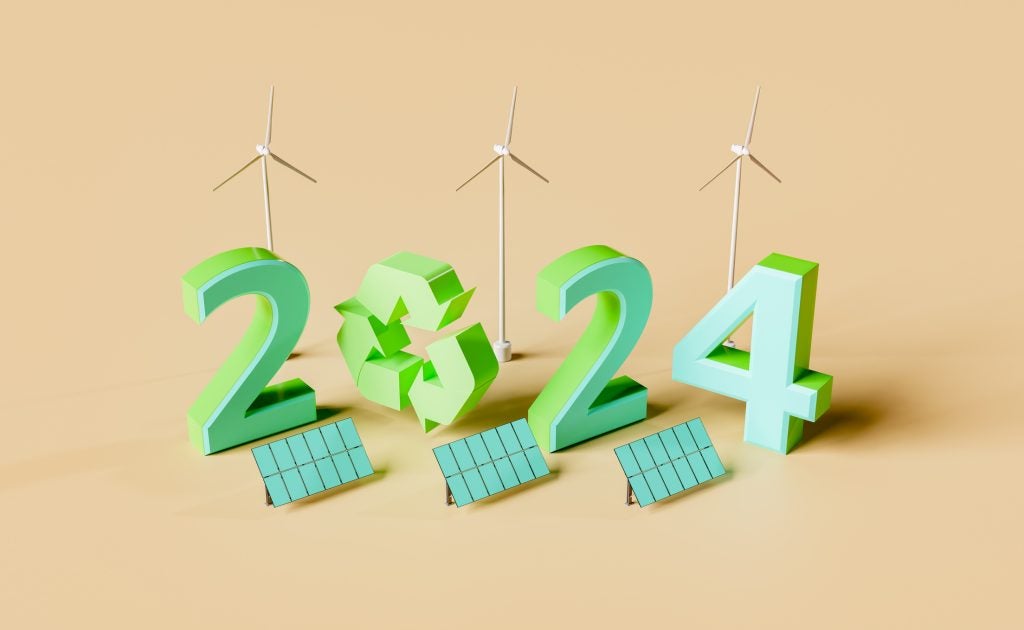The Sheringham Shoal and Dudgeon offshore wind farm extension projects - consisting of extensions to operational wind farms offshore Norfolk, UK - are to be developed under a joint ownership structure.
The strategic move, pending regulatory approval, aims to streamline the development process by combining the two projects into a single legal entity.
Development consent for both projects was granted in April 2024 under a unified application. This decision allows for single, joint or sequential approaches to development.
The new ownership structure facilitates a cost-effective joint development, reducing environmental and local impacts in Norfolk and supporting the UK's goal of achieving clean power by 2030.
The projects currently power 710,000 UK homes, and the combined output of the operational wind farms and the extension project is expected to power 1.5 million.
The extension project will generate more than £370m ($468.2m) in direct gross value added (GVA) to the East Anglia region and the broader UK economy.
Equinor UK Renewables vice-president Halfdan Brustad stated: “Drawing on our experience of oil and gas unitisation, we have applied key learnings to make this project more competitive, ensuring economic efficiencies and cost savings. By developing one project instead of two, we can unlock additional value from volume at scale, whilst sharing joint infrastructure, maximising local benefits and minimising disruption.”
Ownership of the Dudgeon extension project is divided between Equinor at 35%, Masdar at 35% and China Resources Power at 30%.
Equitix Offshore 3 — a joint venture (JV) between funds managed by Equitix and the Renewables Infrastructure Group (TRIG) — and Macquarie Asset Management, through Macquarie GIG Renewable Energy Fund 1, holds options to acquire a combined 60% stake at the final investment decision.
A spokesperson for the JV stated: “We support this innovative merger of the Sheringham Shoal and Dudgeon extension projects. It is an important development that will support the UK’s transition to net zero, as well as delivering more competitive energy prices and greater energy security.”


